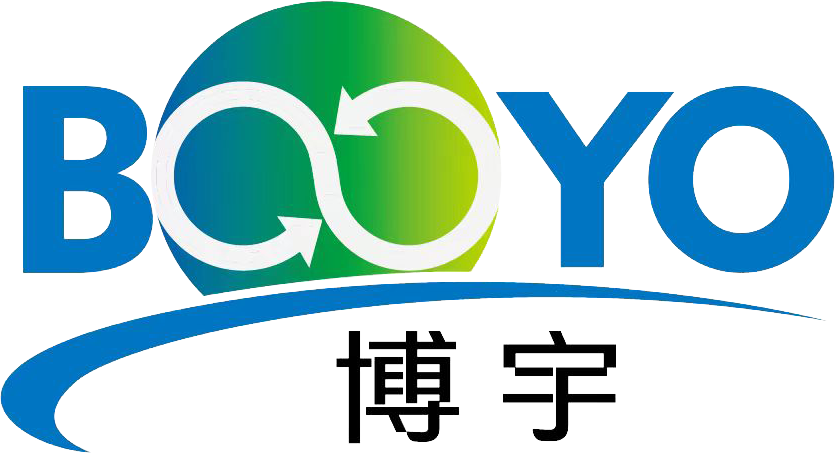
Our News
Find out about our latest news here.
Latest News
- ▶ Primary Condenser in Distillation and Its Application of Spiral Plate Heat Exchangers
- ▶ Stainless Steel U Tube Bundle Heat Exchanger
- ▶ What is a Boiler Economizer?
- ▶ Spiral Plate Heat Exchanger Price
- ▶ Shell-and-Tube Heat Exchanger Types & Features Comparison
- ▶ Causes and Prevention of Tube Ruptures in CDQ Boilers
Message
Shell-and-Tube Heat Exchanger Types & Features Comparison
Shell-and-Tube Heat Exchanger Types & Features Comparison Table
Shell-and-Tube Heat Exchanger by Application
Last page:Spiral Plate Heat Exchanger Price
PROFESSIONAL CONSULTATION
If you are interested in our products and want to know more details, please leave a message here, we will reply you as soon as we can.